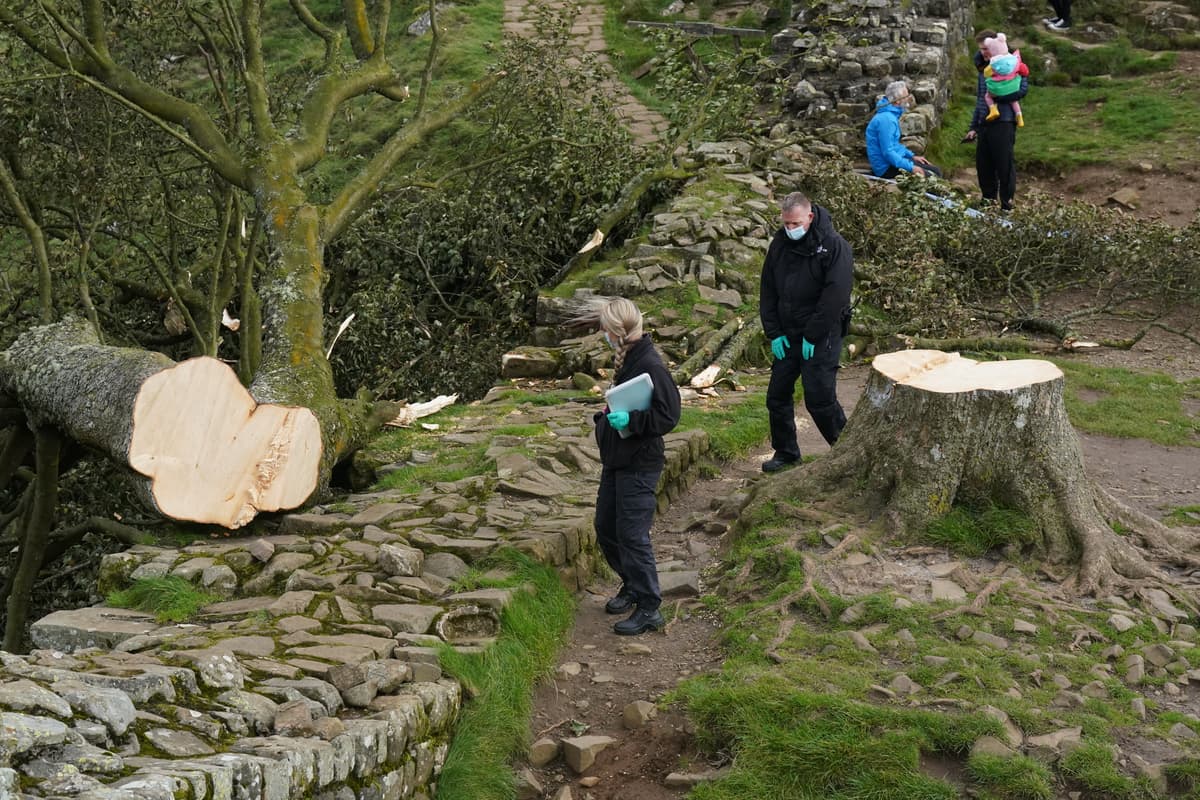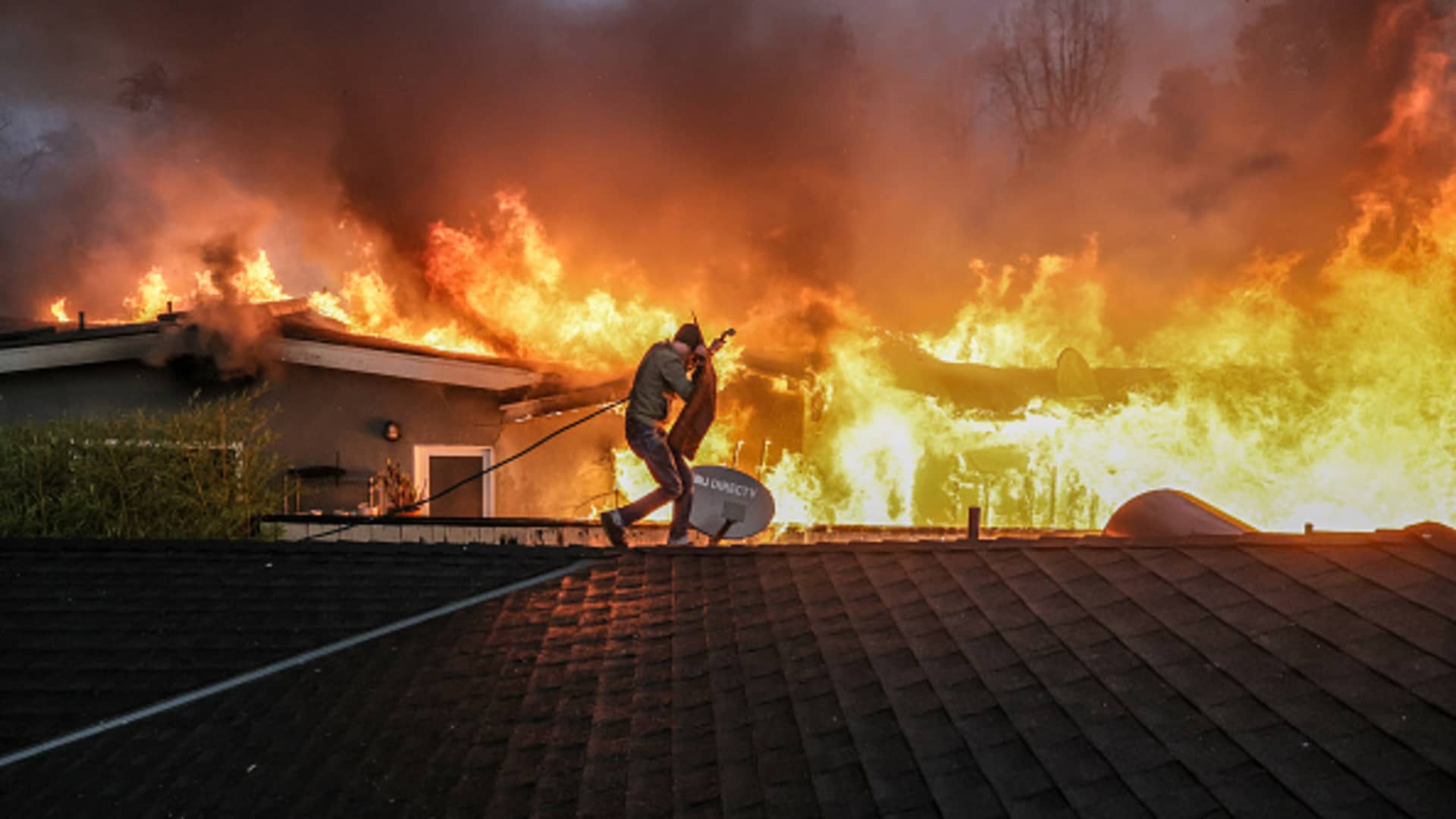Coastal Erosion And Flooding: The Impact Of Rising Sea Levels

Table of Contents
The Science Behind Rising Sea Levels and Coastal Erosion
Rising sea levels are primarily caused by two factors: thermal expansion of seawater and the melting of glaciers and ice sheets. As the planet warms, ocean water expands, occupying a larger volume. Simultaneously, the melting of land-based ice, including glaciers in mountainous regions and the vast ice sheets of Greenland and Antarctica, adds more water to the oceans. This influx of water, coupled with existing ocean currents and weather patterns, significantly impacts coastal areas.
Coastal erosion is the gradual wearing away of land along the coast, primarily by wave action. This natural process is dramatically exacerbated by rising sea levels. Higher sea levels increase the power and reach of waves, leading to increased erosion rates. Storm surges, abnormally high tides accompanying storms, become far more destructive when superimposed on already elevated sea levels. The combined effect of these processes results in significant coastal land loss and increased flooding events.
- Thermal expansion accounts for a significant portion of sea level rise, amplified by the absorption of excess atmospheric heat by the oceans.
- Melting glaciers contribute to increased ocean water volume, with accelerated melting rates observed in many regions.
- Accelerated melting of ice sheets in Greenland and Antarctica poses a major threat, potentially leading to several meters of sea-level rise over the coming centuries.
- Higher sea levels increase the power and reach of waves, intensifying coastal erosion processes.
- Storm surges become more destructive with higher baseline sea levels, leading to more frequent and severe flooding events.
Impacts of Coastal Erosion and Flooding on Coastal Communities
The consequences of coastal erosion and flooding are far-reaching and devastating, impacting coastal communities socially, economically, and environmentally. Coastal communities worldwide face increased risks of displacement and property damage as sea levels rise and erosion intensifies. The loss of homes and vital infrastructure disrupts lives and livelihoods.
Economically, coastal erosion and flooding inflict significant damage. The tourism industry, a major economic driver for many coastal regions, suffers greatly from beach erosion and infrastructure damage. Increased insurance costs and the need for costly repairs and restorations further strain local economies. Damage to critical infrastructure like roads, bridges, and power grids adds to the economic burden.
Environmentally, the impacts are equally severe. Coastal ecosystems, including vital wetlands, mangroves, and coral reefs, are destroyed or damaged, leading to loss of biodiversity and habitat. Saltwater intrusion into freshwater sources contaminates drinking water supplies and agricultural lands. The increased frequency and intensity of coastal flooding also raise the vulnerability of coastal communities to other natural hazards like hurricanes and tsunamis.
- Coastal communities face increased risk of displacement and property damage from coastal erosion and flooding.
- Tourism industries are heavily impacted by beach erosion, coastal flooding, and damage to related infrastructure.
- Infrastructure damage leads to significant economic losses, requiring costly repairs and replacements.
- Loss of coastal ecosystems threatens biodiversity and the vital services they provide, such as coastal protection.
- Saltwater intrusion contaminates drinking water supplies and agricultural land, threatening food security and public health.
Mitigation and Adaptation Strategies for Coastal Erosion and Flooding
Addressing the challenge of coastal erosion and flooding requires a two-pronged approach: mitigation and adaptation. Mitigation focuses on reducing the underlying causes of sea-level rise, primarily through reducing greenhouse gas emissions. This involves transitioning to renewable energy sources, improving energy efficiency, and adopting sustainable land-use practices. Sustainable coastal development minimizes the environmental impact of human activities on coastal areas.
Adaptation strategies involve adjusting to the effects of rising sea levels. These strategies include building seawalls and other coastal defenses to protect vulnerable areas. However, seawalls can have negative environmental consequences, impacting natural coastal processes and habitats. Restoring and protecting coastal wetlands and mangroves serves as a natural buffer against storm surges and erosion. In some cases, relocating vulnerable communities away from high-risk areas may be necessary.
The Role of Government and International Cooperation
Effective action on coastal erosion and flooding demands strong national and international cooperation. Governments play a crucial role in developing and implementing policies to reduce greenhouse gas emissions, promote sustainable coastal management, and provide funding for adaptation measures. International agreements and collaborative efforts are essential for sharing knowledge, coordinating responses, and mobilizing resources to address this global challenge. Successful initiatives often involve technological advancements in monitoring, prediction, and protective infrastructure. Funding for research and development is also critical to finding innovative solutions.
Conclusion: Addressing the Challenges of Coastal Erosion and Flooding
Rising sea levels are causing widespread coastal erosion and flooding, with devastating social, economic, and environmental consequences. The urgency of this issue cannot be overstated. Combating coastal erosion and flooding requires a comprehensive approach that combines mitigation efforts to reduce greenhouse gas emissions with adaptation strategies to protect coastal communities and ecosystems. Understanding the impact of rising sea levels is the first step towards effective action.
We must all take action against coastal erosion. Support initiatives to combat climate change, advocate for effective policies to protect coastal communities, and learn more about this critical issue. By working together, we can build more resilient coastal communities and safeguard our precious coastlines for future generations. For more information, please visit resources such as [link to NOAA website], [link to EPA website], and [link to relevant environmental organization website].

Featured Posts
-
 Cologne Climbs Above Hamburg In Bundesliga 2 Matchday 27
May 10, 2025
Cologne Climbs Above Hamburg In Bundesliga 2 Matchday 27
May 10, 2025 -
 Two Men Convicted For Destroying Sycamore Gap Tree
May 10, 2025
Two Men Convicted For Destroying Sycamore Gap Tree
May 10, 2025 -
 Gambling On Disaster The Los Angeles Wildfires And The Betting Market
May 10, 2025
Gambling On Disaster The Los Angeles Wildfires And The Betting Market
May 10, 2025 -
 Trump Administration Considers Tariffs On Commercial Aircraft And Engines
May 10, 2025
Trump Administration Considers Tariffs On Commercial Aircraft And Engines
May 10, 2025 -
 Lilysilk X Elizabeth Stewart The Spring Capsule Collection Unveiled
May 10, 2025
Lilysilk X Elizabeth Stewart The Spring Capsule Collection Unveiled
May 10, 2025
